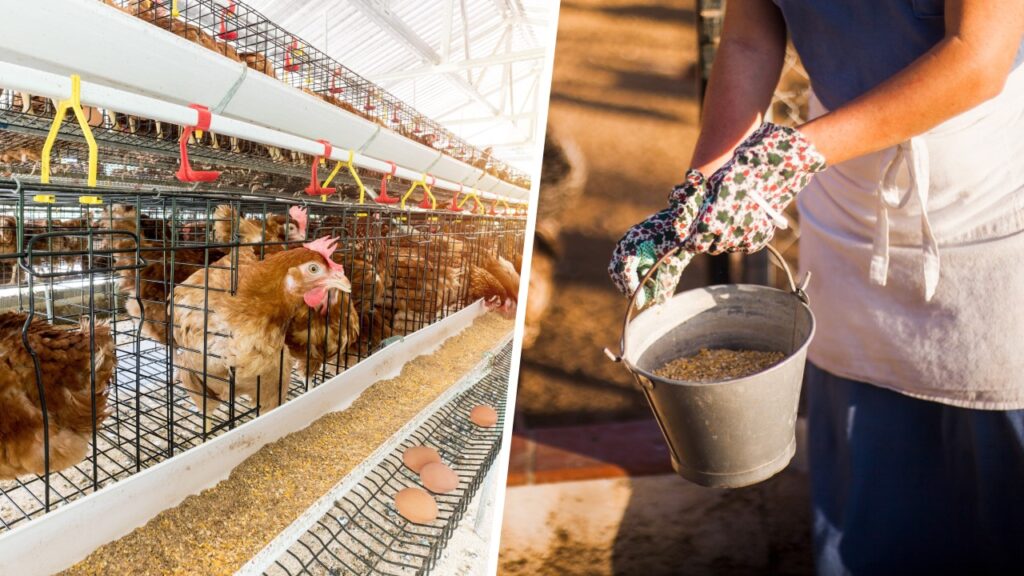Introduction
Technology is reshaping the way we grow food, and nowhere is this more evident than in poultry and aquaculture. From real-time health monitoring to automated feeding systems, farms that embrace digital tools are achieving higher efficiency, better animal welfare, and stronger environmental stewardship. In this post, we’ll explore the key technology trends transforming poultry and fish farming—and what they mean for the future of sustainable food production.
Precision Farming in Poultry
Precision poultry farming leverages IoT sensors and AI-enabled platforms to continuously monitor bird behavior, environmental conditions, and feed consumption. Farms using these systems report faster detection of disease symptoms and improved feed-conversion ratios, reducing mortality and boosting yields. Advanced robotics further automate tasks like climate control and targeted vaccination, freeing staff to focus on strategic management.
IoT and Sensors in Aquaculture
In aquaculture, IoT devices measure water temperature, pH, dissolved oxygen, and salinity in real time. Immediate alerts enable farmers to intervene before stress or mortality spikes, leading to higher survival rates and more consistent growth . Platforms like Sensing+Aqua illustrate how integrated sensor networks can transform pond management by optimizing feeding schedules and conserving resources.
Automation and Robotics
Robotic feeders, automated climate control, and drone-based inspections are becoming mainstream. These technologies perform repetitive tasks with precision—dispensing exact feed rations, adjusting ventilation, and surveying large-scale facilities. The result? Reduced labor costs, more uniform bird development, and earlier detection of anomalies through machine-vision analyses.
Data Analytics and AI
Data analytics platforms synthesize farm-wide information—feed usage, growth rates, environmental metrics—into actionable insights. Predictive models forecast disease outbreaks and optimal harvest times, while AI algorithms continually refine feeding regimens for maximum efficiency. Farms report up to a 15% improvement in feed-conversion ratios and significant reductions in antibiotic use thanks to these data-driven approaches.
Blockchain and Traceability
Blockchain brings immutable, distributed-ledger technology to the farm-to-fork journey. By recording every transaction—from egg collection to fish processing—blockchain ensures transparency, combats fraud, and streamlines recalls. Case studies show that blockchain traceability can reduce the time to identify contamination sources by over 70%, bolstering consumer trust and compliance with stringent food-safety regulations.
Sustainability and Future Outlook
Integrating these technologies helps farms meet ESG targets by reducing waste, energy use, and antibiotic dependence. IoT-driven water reuse systems and renewable-energy installations powered by waste-to-energy digesters exemplify the move toward circular-economy models. As adoption grows, technology will not only boost productivity but also ensure that poultry and aquaculture remain viable solutions to global food security challenges.
Conclusion & Call to Action
The fusion of IoT, AI, robotics, data analytics, and blockchain is setting a new standard for poultry and aquaculture farming. By embracing these innovations, TechFarm Foods and forward-thinking farms can achieve higher yields, stronger animal welfare, and true end-to-end transparency.
Ready to future-proof your farm? Contact TechFarm Foods today to explore customized tech-integration strategies and unlock the full potential of smart farming.


